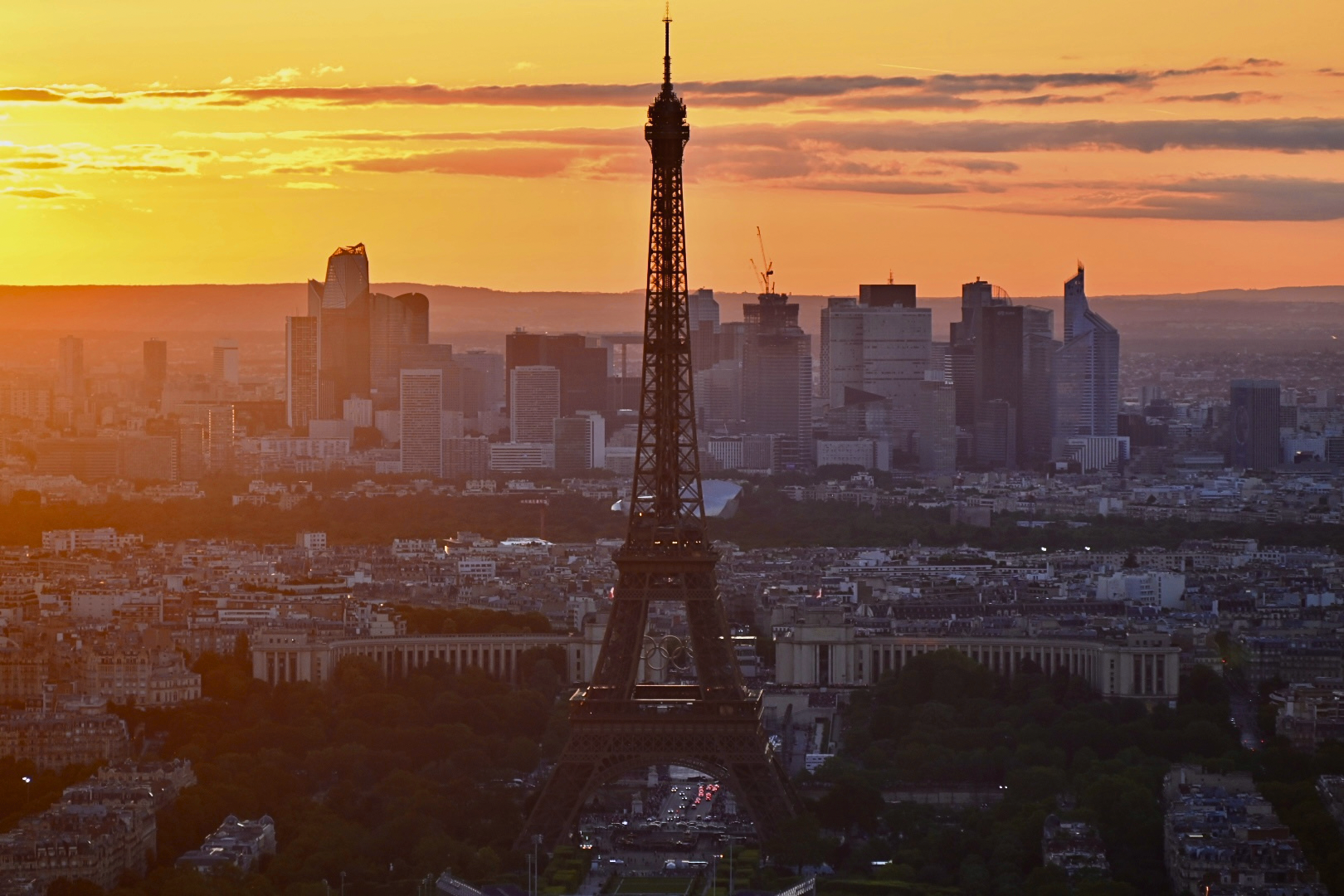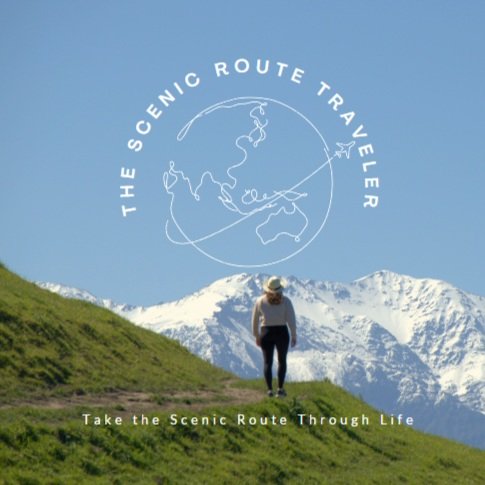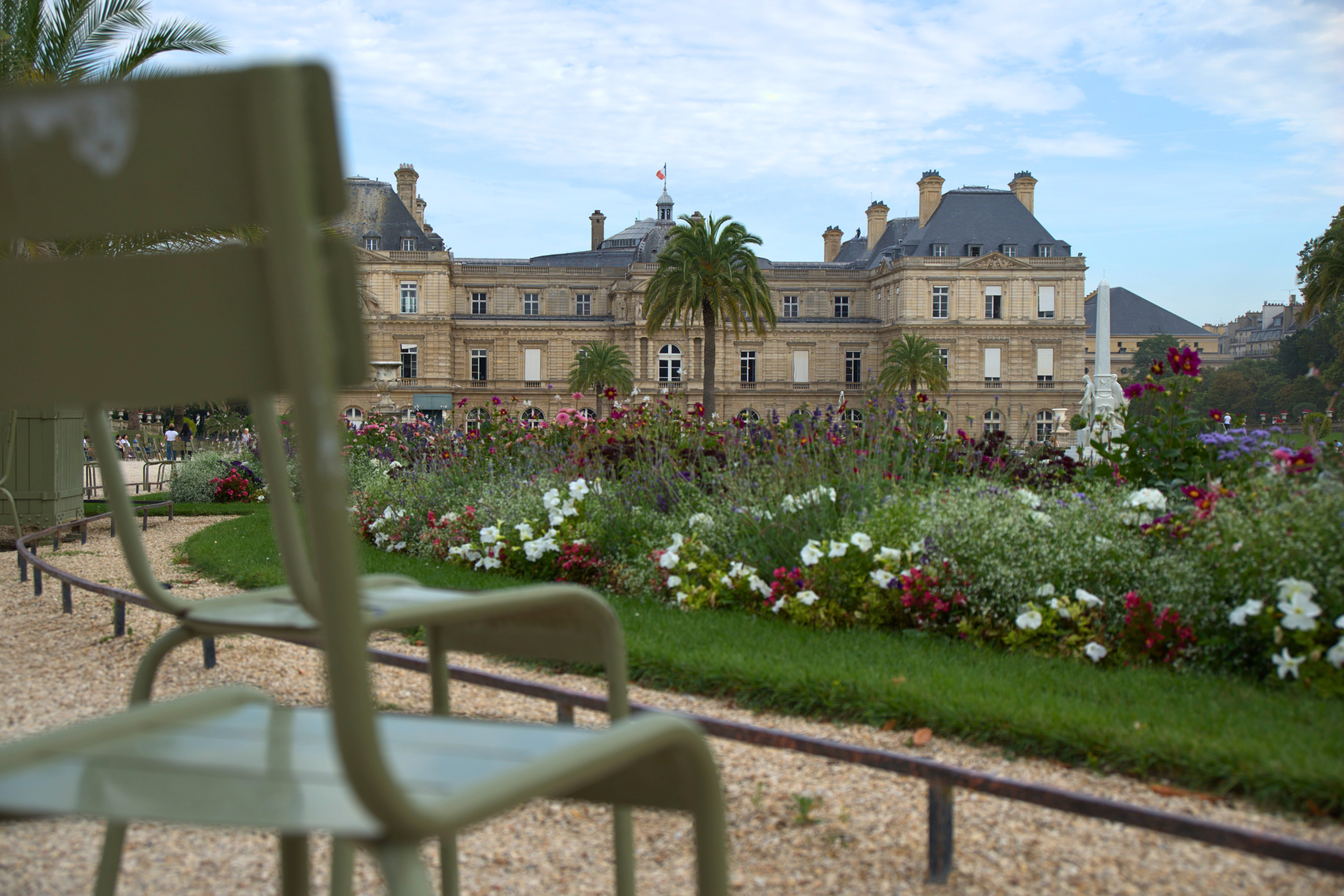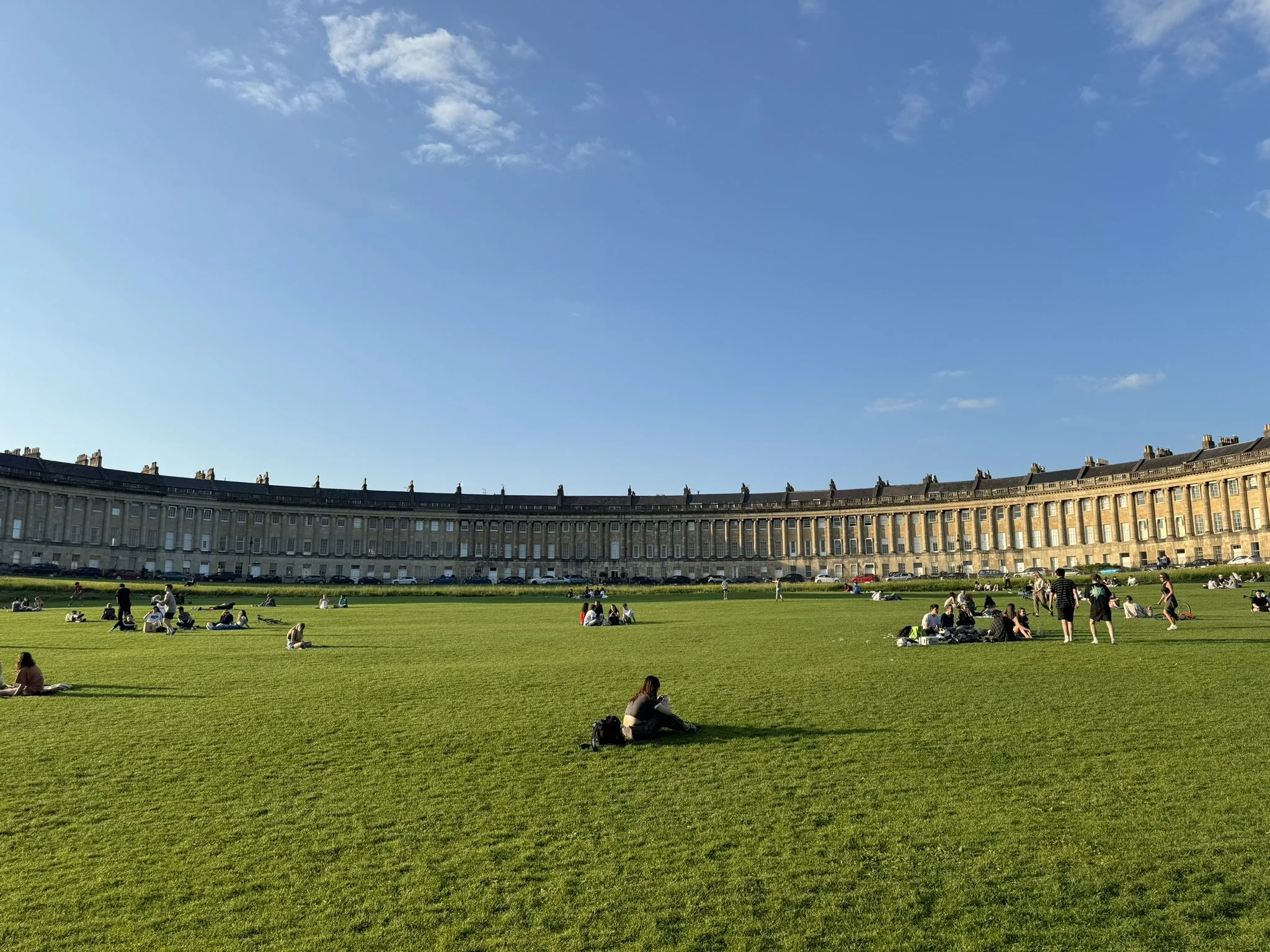
Europe Travel Tips for First-Timers: The Complete Guide
Table of Contents
Introduction: Why Your First Europe Trip Matters
The "European Triangle" Strategy
Transportation Decoded
The Packing Paradox
Accommodation Strategy: Location, Location, Location
Money Matters: Avoiding Financial Pitfalls
Cultural Navigation: Blending In Like a Local
The Europe Emergency Kit
Seasonal Strategies: When to Visit Where
Tech Tools for Travelers
Expectations vs. Reality: The Truth About European Travel
Safety and Security: Traveling with Confidence
Solo Travel in Europe: A Special Note
Sustainable Tourism: Being a Responsible Visitor
Health and Wellness on the Road
Why Your First European Trip Matters
It's peak Europe planning season, and if you're reading this, you're likely feeling that intoxicating mix of excitement and overwhelm about your first European adventure. Maybe you're staring at a map thinking, "How am I possibly going to see all of this?" Or perhaps you're deep in a late-night Google spiral, comparing Paris Passes and trying to decipher train schedules.
I remember my first time planning a European trip—the endless tabs, the conflicting advice, the fear of "doing it wrong." But after years of European adventures (and plenty of mistakes along the way), I've learned that a successful first trip isn't about seeing everything. It's about experiencing enough to make you want to come back.
This guide shares everything I wish someone had told me before my first European adventure—practical, honest advice that will save you money, time, and stress. Consider this your roadmap to a memorable first journey across the pond.
Want this in video form? Watch the full video here for visual examples and additional tips!
The "European Triangle" Strategy
The number one mistake first-time travelers make? Trying to see EVERYTHING. Racing through eight countries in ten days might seem like getting your money's worth, but trust me—it's a recipe for burnout, not memories.
Instead, I recommend what I call the "European Triangle Strategy." Here's how it works:
Pick three places that form a logical triangle on the map
Spend at least three nights in each location
Take day trips if you want variety
Some perfect first-timer triangles include:
Classic Western Europe: Paris, Amsterdam, London
Italian Dream: Rome, Florence, Venice
Iberian Exploration: Barcelona, Madrid, Seville
Central Europe Gems: Prague, Vienna, Budapest
This approach gives you enough variety without spending half your vacation on trains or in airports. And by staying at least three nights in each place, you get two full days: one for major sights and one for wandering and discovering those magical "only in Europe" moments.
Transportation Decoded
Getting around Europe efficiently can make or break your budget and experience. While those €20 budget airline tickets look tempting, they often hide €60 baggage fees and expensive transfers to remote airports.
Here's my Transportation Decision Tree:
Under 4 hours? Take the train, no question
Over 6 hours? Flying probably makes sense
That 4-6 hour zone? Check both and factor in ALL costs
Train Travel Tips
European trains are often the most scenic and convenient way to travel. Maximize your experience with these tips:
Book tickets exactly 60-90 days in advance for the best deals
Download the Trainline app, which combines most European rail systems in one place
Consider rail passes only if you're taking at least 3-4 long train journeys
First class is actually affordable on many routes and worth it for journeys over 2 hours
City Transportation Hacks
Within cities, skip the tourist transit passes and go local:
Paris: The Navigo Découverte is half the price of the Paris Visite tourist pass
London: Oyster cards or contactless payment beat the tourist travel cards
Rome: 72-hour ATAC passes cover all buses and metros
Pro tip: In most European cities, the historic centers are remarkably walkable. Plot your accommodations strategically, and you might barely need public transportation at all!
The Packing Paradox
There's a saying among experienced travelers: Whatever clothing you think you need, take half. Whatever money you think you need, take double.
I call this the "Packing Paradox," and it's especially true for Europe. European hotel rooms, elevators, and streets are considerably smaller than what many Americans are used to. That giant suitcase will become your worst enemy when you're dragging it up five flights of cobblestone steps or wedging it into a tiny train luggage rack.
The Essential Packing Strategy
For a two-week Europe trip, you really only need:
5-6 mix-and-match tops
2-3 bottoms
1 "dress-up" outfit for nice restaurants or shows
3-4 pairs of underwear and socks (you'll do laundry!)
Comfortable walking shoes that don't scream "tourist"
A lightweight, packable rain jacket (regardless of season)
The game-changer? Planning to do laundry mid-trip. Book an Airbnb with a washing machine halfway through your journey, or use a local laundromat for an authentic cultural experience.
Remember: In Europe, people wear dark, simple basics—not flashy logos or bright colors. Blending in isn't just about avoiding looking like a tourist; it's about respecting local culture.
Accommodation Strategy: Location, Location, Location
Many first-timers focus solely on price when booking accommodations. That €80/night savings quickly disappears when you're spending €30 daily on transportation and losing two precious hours commuting to and from the city center.
My strategy:
For 1-3 night stays: Position yourself centrally, near major attractions
For longer stays: Consider neighborhoods just outside the center with good transit connections
Before booking anything, use Google Maps to plot your must-see attractions. Look for accommodation in areas where they cluster. In Paris, that might mean the Marais (3rd/4th arrondissements). In Rome, look at Monti or Trastevere.
Beyond Traditional Hotels
Europe offers amazing accommodation options beyond chain hotels:
Historic apartments through Airbnb or VRBO
Family-run guesthouses (often called pensions or B&Bs)
Boutique hostels with private rooms (nothing like American hostels!)
In Italy, religious orders rent rooms in monasteries at incredible rates
These options often provide more authentic experiences, better locations, and significant savings compared to standard hotels.
Money Matters: Avoiding Financial Pitfalls
Nothing wastes money faster than poor currency exchange decisions. Those "No Fee" exchange kiosks at airports and tourist areas are essentially legalized robbery, hiding terrible exchange rates behind the "fee-free" promise.
Here's your Europe money game plan:
Before You Go:
Get a credit card with no foreign transaction fees
Set up a checking account that reimburses ATM fees
Inform your bank of travel dates to prevent fraud blocks
Learn the current exchange rate and memorize a few conversions
During Your Trip:
Withdraw cash from ATMs connected to banks (not standalone ATMs)
Always select "Decline Conversion" when ATMs offer to convert to your home currency
Use credit cards for large purchases and cash for small transactions
Keep a €50-100 emergency stash separate from your wallet
For keeping track of expenses and splitting costs with travel partners, the Splitwise app is invaluable. And always have a backup payment method—I learned this lesson the hard way when my card got blocked buying train tickets in Germany!
Cultural Navigation: Blending In Like a Local
Small cultural adjustments make a huge difference in how you're received and the experiences you'll have. Here's your crash course in European cultural etiquette:
Greetings: Enter shops with a greeting and leave with a farewell
Volume control: Keep your voice at "library level" in public spaces
Basic phrases: Learn just 5 words in each local language (hello, please, thank you, excuse me, check please)
Dining timing: Adjust to local meal schedules (later dinners in Mediterranean countries)
Tipping: Research country-specific norms (generally much lower than US standards)
The European Dining Experience
European meals follow different patterns than American ones:
Breakfast: Light and quick, often just coffee and a pastry
Lunch: The main meal in many countries, especially in Southern Europe
Dinner: Served later (7-10pm) and meant to be lingered over
The most important dining tip? Don't ask for "the check" the moment you finish eating. In Europe, the table is yours until you specifically request the bill—rushing through meals is considered strange and impolite.
The Europe Emergency Kit
After countless European adventures, I've refined my "Europe Emergency Kit" to include:
Portable battery pack (European outlets aren't always accessible when you need them)
Digestive aids (new cuisines can surprise your system!)
Digital and physical copies of your passport
Small notebook with accommodation addresses written down
Basic medications (European pharmacies might not carry familiar brands)
Universal adapter with multiple USB ports
The most underrated preparation? Getting an eSIM or international plan BEFORE you leave. Yes, Europe has great WiFi, but the moment you really need connectivity is precisely when you won't have it—like when you're lost between metro connections or your train is delayed.
Seasonal Strategies: When to Visit Where
When you visit Europe can be just as important as where you go, as each season offers completely different experiences:
Summer (June-August)
Pros: Long daylight hours (10PM sunsets in Northern Europe), vibrant street life, beach destinations at their best
Cons: Peak crowds, highest prices, extreme heat in Mediterranean regions
Best for: Scandinavia, Baltic States, UK/Ireland, Alpine regions
Shoulder Seasons (April-May, September-October)
Pros: Mild weather, fewer tourists, better deals, blooming seasons or fall colors
Cons: Some attractions have reduced hours, less predictable weather
Best for: Mediterranean countries, major cities, wine regions
Winter (November-March)
Pros: Dramatically lower prices, Christmas markets, snow-dusted architecture, virtually no lines at major attractions
Cons: Shorter daylight hours, cold weather in Northern/Central Europe, some rural attractions closed
Best for: Cities with indoor attractions, Christmas market routes, ski destinations, Southern Spain/Italy/Greece
Pro tip: Research local festivals before booking! Some of my most unforgettable experiences have been stumbling upon local celebrations that never make the guidebooks—from tiny village wine festivals to neighborhood street parties.
Safety and Security: Traveling with Confidence
Europe is generally very safe for tourists, but it's still important to travel smart. Different countries and cities have their own patterns of petty crime and scams targeted at visitors.
Common Tourist Scams to Avoid
The "Found Ring" Trick: Someone "finds" a gold ring near you and asks if it's yours, then tries to sell it to you
Petition Scammers: Groups of people with clipboards asking you to sign petitions while accomplices pickpocket you
Fake Police Officers: Individuals posing as plainclothes police asking to check your wallet for "counterfeit bills"
Taxi Overcharging: Drivers taking unnecessarily long routes or claiming their meter is "broken"
The best defense? Awareness and preparation. Keep your valuables secure (front pockets or money belts), be particularly vigilant in crowded tourist areas and public transportation, and research common scams for each city you visit.
Digital Security
Cybersecurity is just as important as physical security:
Use a VPN when connecting to public WiFi
Enable two-factor authentication on important accounts
Consider a travel-only email account for bookings and confirmations
Disable Bluetooth when not in use
Be cautious of public charging stations (bring your own portable charger)
Solo Travel in Europe: A Special Note
Europe is one of the best continents for solo travelers, especially first-timers. If you're considering going solo, here are some insights:
Best Solo Destinations: Amsterdam, Copenhagen, Edinburgh, Berlin, and Lisbon consistently rank high for safety, ease of navigation, and social opportunities
Accommodation Tips: Look for social hostels with private rooms, small boutique hotels, or B&Bs where staff offer personalized recommendations
Meeting People: Free walking tours, cooking classes, and hostel events are great for meeting fellow travelers
Dining Solo: Lunch is easier than dinner; look for restaurants with bar seating or communal tables
Solo travel in Europe offers incredible freedom—you can change plans on a whim, linger at attractions that captivate you, and discover parts of yourself that only emerge when you're navigating new experiences independently.
Sustainable Tourism: Being a Responsible Visitor
As overtourism impacts many European destinations, responsible travel practices are increasingly important:
Visit Secondary Cities: Consider Antwerp instead of Brussels, Bologna instead of Florence, or Seville instead of Barcelona
Travel Off-Season: Not only will you encounter fewer crowds, but you'll provide economic support when local businesses need it most
Stay Longer in Fewer Places: Reduces your carbon footprint and spreads tourist dollars more effectively
Support Local Businesses: Choose locally-owned accommodations, restaurants, and tours
Respect Local Resources: Many European cities face water shortages in summer—be mindful of usage
The most sustainable souvenir? Knowledge and memories, not physical items that may have been mass-produced elsewhere.
Health and Wellness on the Road
Maintaining your health while traveling keeps the experience enjoyable:
Travel Insurance: Essential for Europe—verify it covers emergency medical evacuation
European Health Insurance Card (EHIC)/Global Health Insurance Card (GHIC): For UK and EU citizens, provides reduced-cost healthcare
Prescription Medications: Bring enough for your trip plus extra, in original packaging with doctor's notes
Common Health Issues: Prepare for jet lag, walking fatigue, digestive adjustments
Finding Healthcare: Learn how to ask for a pharmacy (often the first stop for minor issues in Europe) and doctor in local languages
Pro tip: European pharmacists are highly trained professionals who can recommend treatments for many common ailments without requiring a doctor's visit.
Final Thoughts: Your First Trip Won't Be Your Last
Remember this as you plan: The goal of your first Europe trip isn't to see everything; it's to experience enough to make you want to come back.
No matter how much you plan, something will go wrong. Those mishaps often become your favorite stories! So embrace the adventure, practice saying "cheers" in multiple languages, and get ready for what might be the trip of a lifetime.
And when you return, you'll already be planning your next European adventure—this time with the confidence of experience and the wisdom to slow down even more.
What questions do you have about planning your first European trip?
Don't forget to subscribe to my YouTube channel for visual guides.
About the Author: I have explored over 24 countries across Europe over the past 11 years, specializing in authentic cultural experiences and smart travel strategies. Follow along on Instagram and TikTok for daily travel inspiration.













